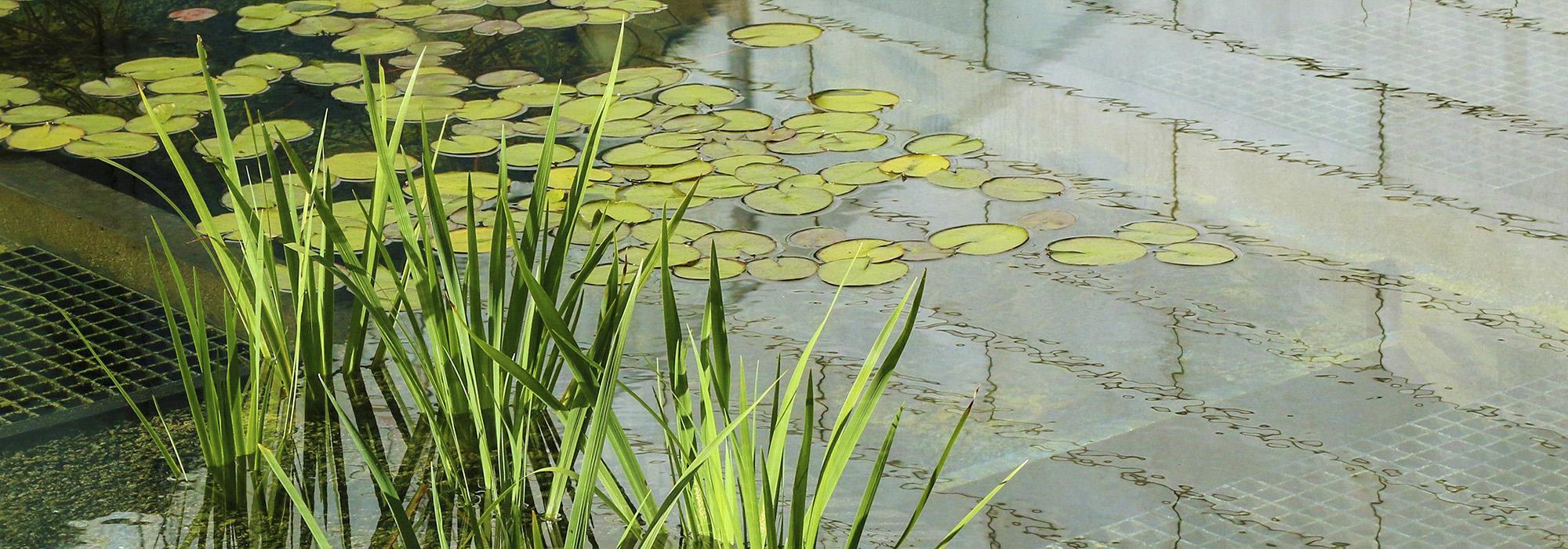Describing the Glenstone Museum
From “An oasis of art” in the Sept. 30 Arts & Style section and the Sept. 30 Washington Post Magazine cover article “The collectors,” we learn a great deal about Glenstone Museum, its patrons and the artists whose work they collect, the architect of the new addition, the designers of the benches and even the identity of the tree movers. However, the identity of the artist behind what is arguably the largest work of art — the 230-acre campus — is nowhere to be found. This failure to recognize the landscape architect — in this case PWP Landscape Architecture, which has been involved with the museum since 2003 — is all too common. Often, it’s because architecture-centric media — which focus on and fetishize “the building” — do the reporting. But in the case of the Arts & Style article, one of the two authors is The Post’s gardening writer Adrian Higgins. (To his credit, Philip Kennicott’s Sept. 22 front-page Critic’s Notebook, “At Glenstone, fresh space as artful as its collection,” recognized PWP.) It would seem that Glenstone’s landscape architecture is as integral to the museum visitor’s experience as the buildings that house the artwork. The Arts & Style article said the landscape’s “natural design belies the extensive earthwork and planting of the site to soften the presence of new buildings that total almost a quarter-million square feet of space.” That tough job of making nature look natural comes from carefully shaping and sculpting the land and a deft understanding of visual and spatial relationships — that’s part of the art of landscape architecture.
Fortunately, this was corrected with Mr. Higgins’s Oct. 3 Critic’s Notebook, “At the expanded Glenstone, the landscaping is as mindful as the art collection” [Style], a lengthy feature on the landscape architecture and its landscape architect.
Charles A. Birnbaum, Washington



